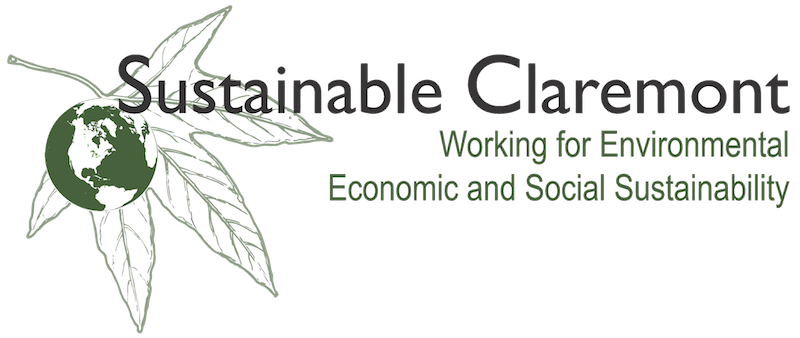Historians tell us that conservation and environmental movements in the United States have a history that goes back at least 120 years.
In this context,environmental justice is a relatively recent concern. The central idea of the term “environmental justice” is that the burdens of environmental degradation are unequally distributed within and among nations, and that access to a clean and healthy environment is similarly unequal and unfair. Activism focused on these types of concerns in the U.S. commenced in the 1970s as people, largely in poor and working class communities, began to raise concerns about the health and other effects of toxic facilities such as oil refineries and chemical dumps in their localities.
A seminal work that placed these actions in a larger social and economic context was the 1990 book Dumping in Dixie: Race, Class and Environmental Quality by former UC Riverside (now Clark Atlanta University) professor Robert D. Bullard. Not long thereafter the United Church of Christ Commission for Racial Justice held the First National People of Color Environmental Leadership Summit in 1992. In these and other venues, the troubling gap between mostly white and middle class mainstream environmental groups with Washington offices, and the newer, working class, mostly people of color groups in localities, became an item of contention and some change in the structure and goals of environmentalism.
While the cultural, political and social distances between these different manifestations of environmental concern persist to the present day, just as social inequality and racial/ethnic conflict are still very much with us, it would also be accurate to say that things have changed over the past two decades. Groups that previously were in entirely different orbits now often collaborate in the cause of a better environment for all. Perhaps more important, it is increasingly clear that the transition to a sustainable society can only be successful if the different socio-demographic groups that will benefit from such change can join forces to overcome entrenched interests and devise new approaches to living in peace with one another and the planet.
While Bullard’s focus on the American South offered a poignant and historically powerful set of cases for demonstrating the existence of environmental racism, some of the most compelling environmental injustices, and movements to address these issues, are in the greater Los Angeles metropolitan area. To take just one issue: an asthma epidemic in this region disproportionately affects people living close to sites with high diesel emissions (which contain small particulates that lodge in the lungs). While air pollution is bad for all of us, years of studies at USC, UCLA and other top universities have convincingly shown that the health effects are far worse for people – most of them working class and people of color – who live and work with 1500 yards of such sites. And the Inland Valley, with its freeways, warehouses (truck traffic), and rail yards registers some of the worst pollution and health effects in the region.
Our next Sustainable Claremont Dialogue will be about “Environmental Justice” (February 7, 7 p.m., the Hahn Building, 420 N Harvard Ave). Speakers will include leaders of two of the nation’s most prominent and successful environmental justice groups, the Center for Community Action and Environmental Justice in Glen Avon (Penny Newman), and Communities for a Better Environment (Bill Gallegos). They will be joined on the program by Pomona College students who have worked with these and other environmental justice organizations to explore the meaning of environmental justice and how to work for it.
Demystifying Sustainability is an initiative of Sustainable Claremont (sustainableclaremont.org).
